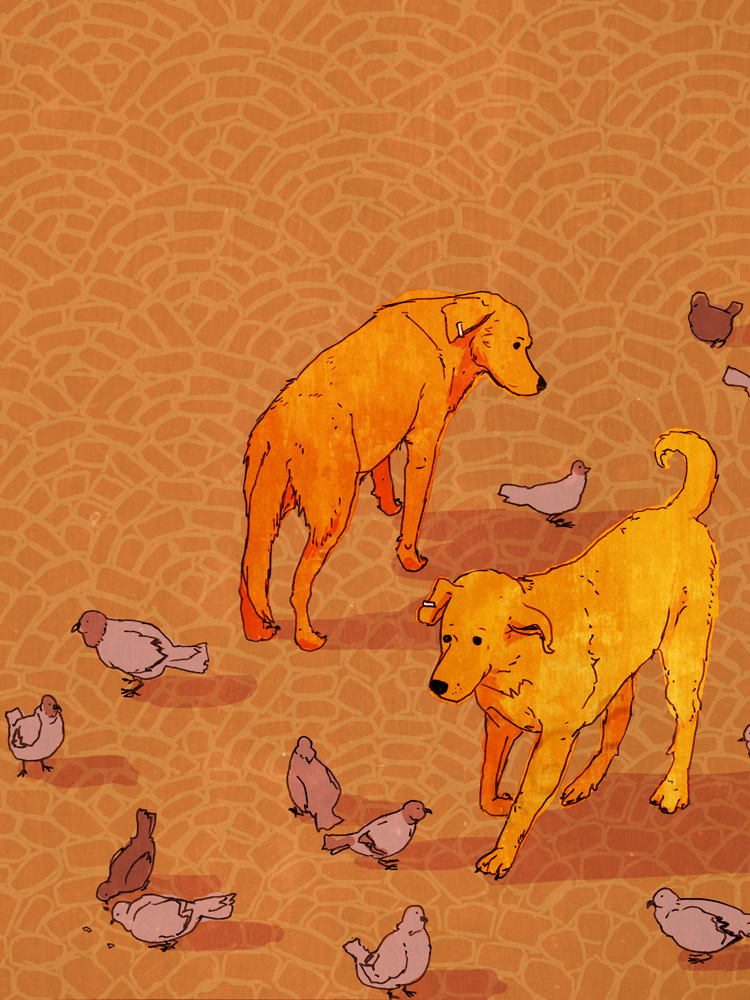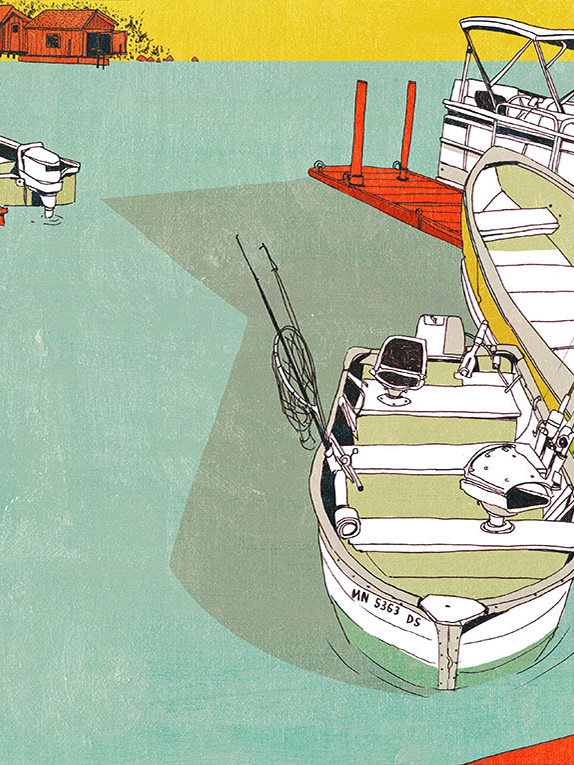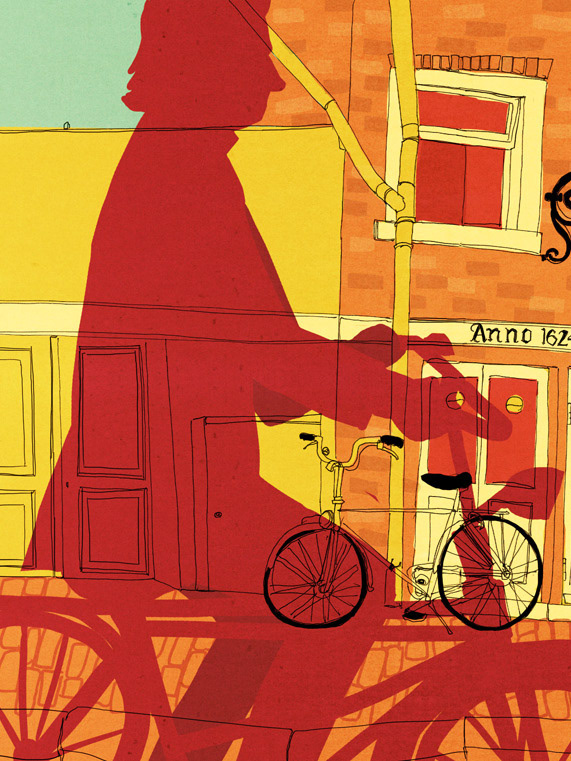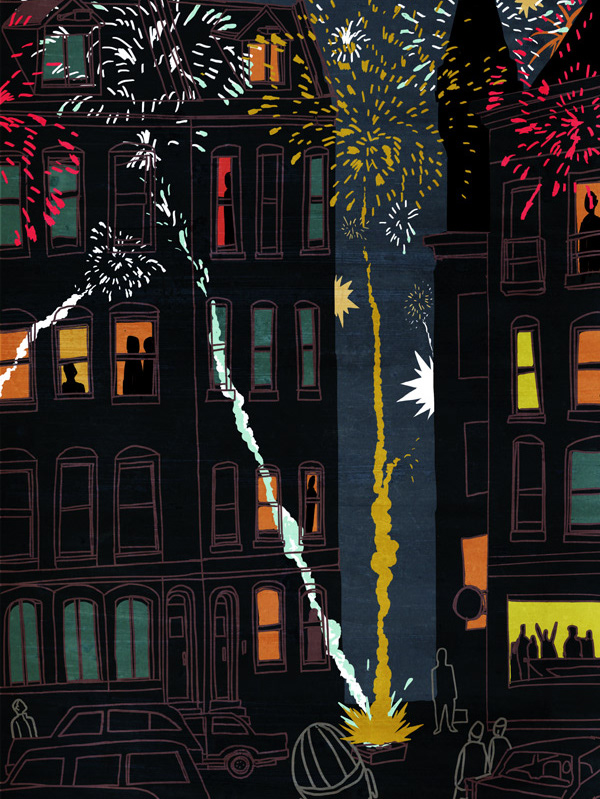My Life in Amsterdam: Part III
In 2013, Amsterdam in the spring was much like Amsterdam in the winter. Cold, windy, humid, rainy, generally unpleasant. Every Dutch person told us this was the longest winter they’d ever had — typically, spring is a lovely time in The Netherlands. Bike through the countryside and you will be treated to an idyllic scene, one full of windmills and a mosaic of colorful tulips. The nation is famous for its tulips, after all, and they take the bulbs very seriously.
However, come April there were still no signs of tulips. As a flower, I’d imagine it would be difficult to grow in near freezing temperatures. The gardens of Keukenhoff, a beautiful display of horticultural engineering and a national treasure, open only a few shorts months every year, sat half barren for most of this short window. But now I’m starting to sound sour and cynical. I suppose there were a few nice days in spring — days when I could bike through the city without my heavy winter coat.
But I could count days like this on one hand. Most days were darker and colder.
These days afforded me plenty of opportunities to experience the many indoor pleasures of the city. For instance, the reopening of the Rijksmuseum after ten long years of renovation was a highlight for the city. On opening day, thousands of people marched through the newly restored halls, crowding around Vermeers and Rembrandts. Inconvenience aside, it always makes me happy to see people waiting in line just to get into an art museum.
One night, the National Youth Jazz Orchestra provided a lively respite from the cold. Jazz in the Netherlands sounds a lot like jazz in the US — really, the main differences lie in the musicians: much less racial diversity, but much more hair gel.
Overall, things could have been worse, as I learned when I was taken to an old church serving as a winter shelter for hundreds of African refugees. The church had been set up for the winter, but it was March and the refugees were supposed to leave…even though it still felt like winter. They woke with constant uncertainty and slept under the threat of being tossed out into the cold amidst the endlessly complicated asylum process. My visit came on the day before an organized protest. The refugees planned to march through the Museumplein, rebuking the Netherlands’ stringent immigration policies. Various friends and volunteers came by to help make signs.
Technically, I did not get to experience spring in Amsterdam. It wasn’t until mid-June that I was finally able to retire my heavy jacket. But while spring was lost, summer had come, and it kind of felt like the spring I was used to. These beautiful 75 degree days quickly turned that unending winter into an unpleasant memory.
In St. Louis, I’d grown accustomed to spending summers in a 100 degree cesspool of humidity. I would dread going outside and take many showers each day. Here, I forgot air conditioning even existing. As if to apologize for the winter, every July day was perfect. The Netherlands were spared from the heat waves that scorched much of Europe and the United States. Walking around, the city was a new place.
Everything was more colorful and vibrant. People were outside, on the streets, in the parks, not cooped up in their homes watching Eurovision with bleak attitudes and dour expressions. People barbequing in gardens, drinking beer on patios, zipping around on scooters. Drunk tourists sitting on the canal wall, singing songs I can only assume were related to soccer. Happy dogs and happy children. Sunlight until 11PM. This was the Amsterdam I’d arrived in nearly a year before, and this was the Amsterdam I was sad to leave behind.










